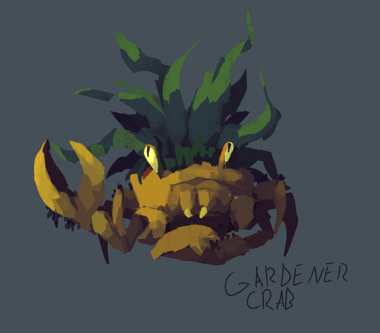This year, I’m finally starting the RPG project that’s been sitting in my brain for close to a decade. Over the past 3 months I’ve made some good progress on the base engine and gameplay code, so this week I put together a demo video to show off where I’m at:
The stuff in the demo is just placeholders right now, but I think it does a good job at highlighting what’s already possible. This is going to be a long road, and I’ll try to share more screenshots, videos, and design notes periodically as the production process continues!
If you’re a fan of retro JRPGs, don’t miss this one :)


